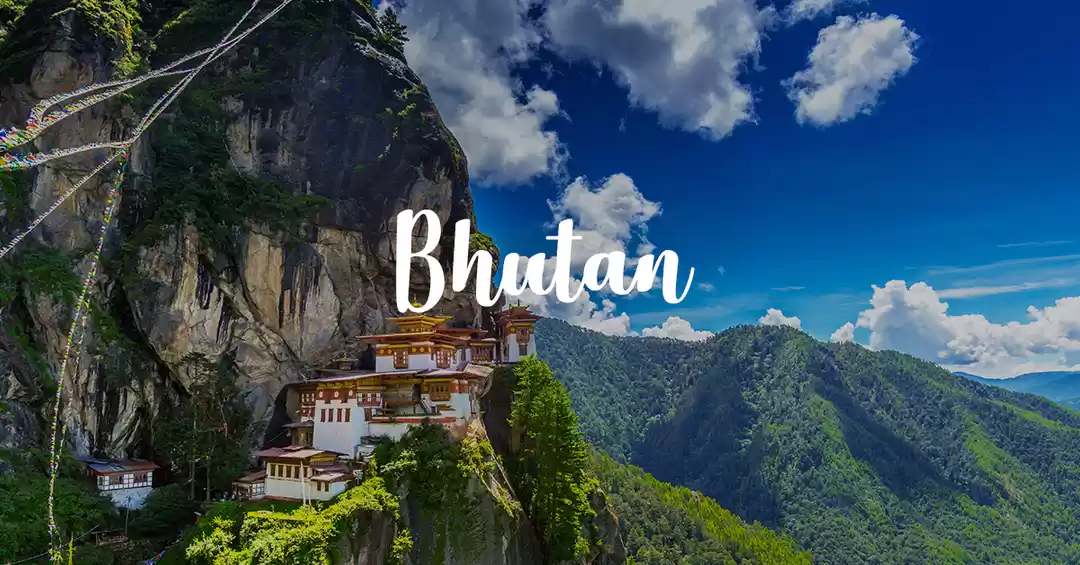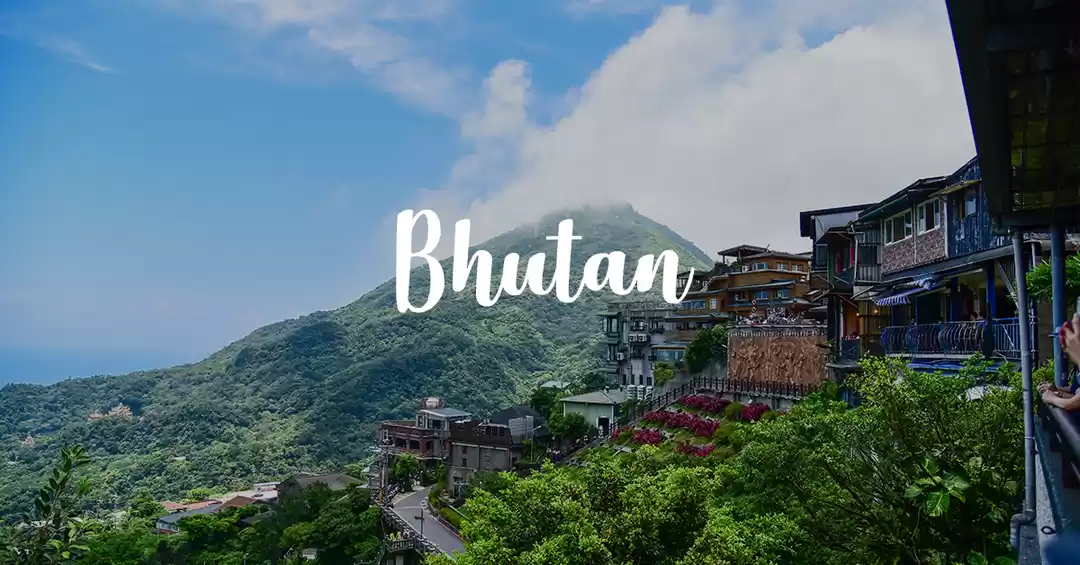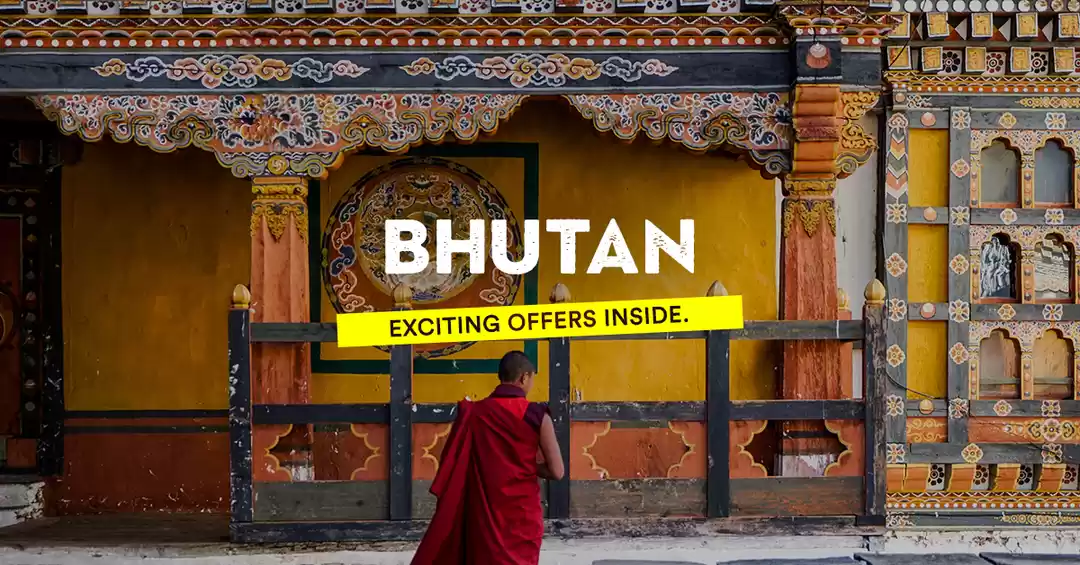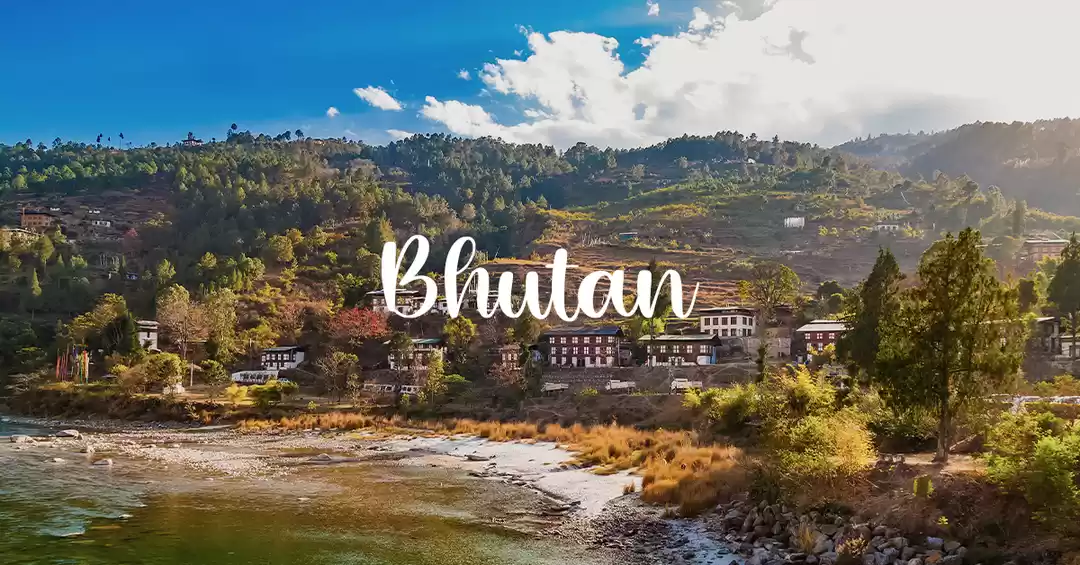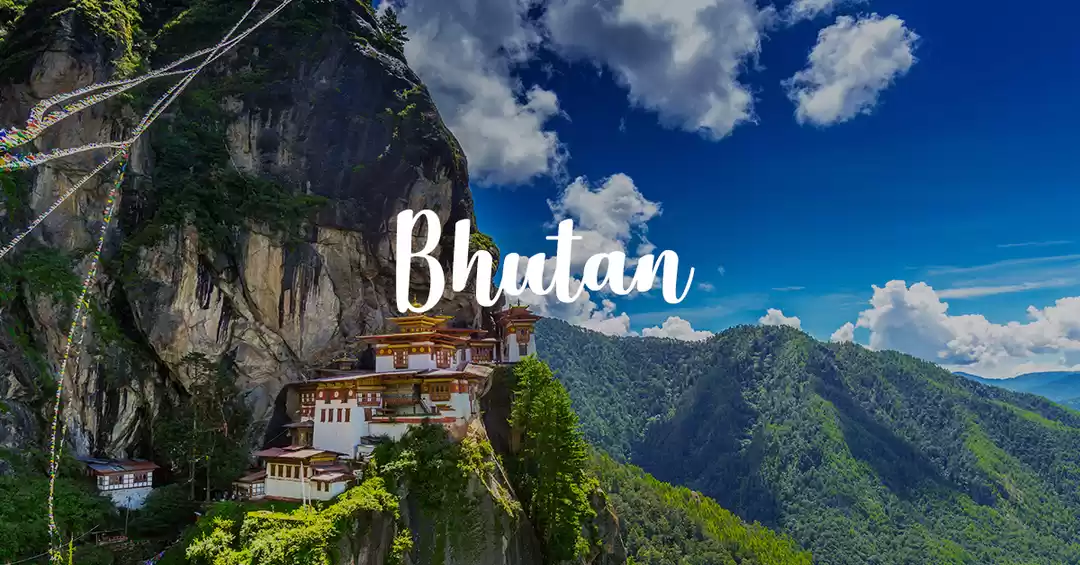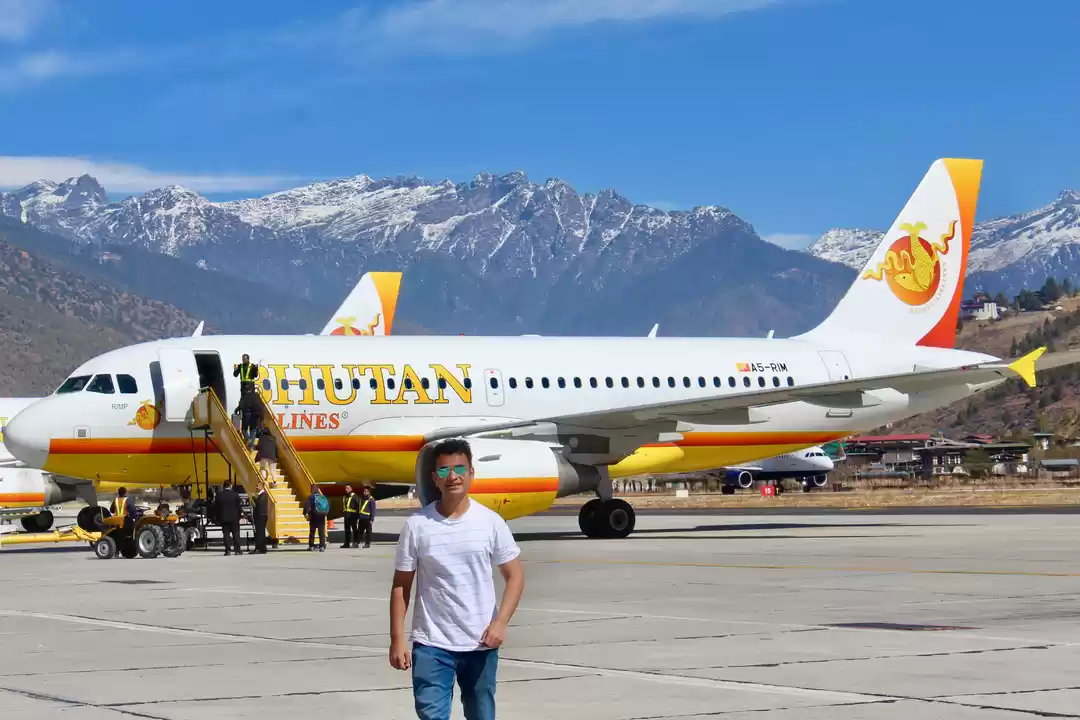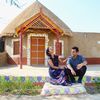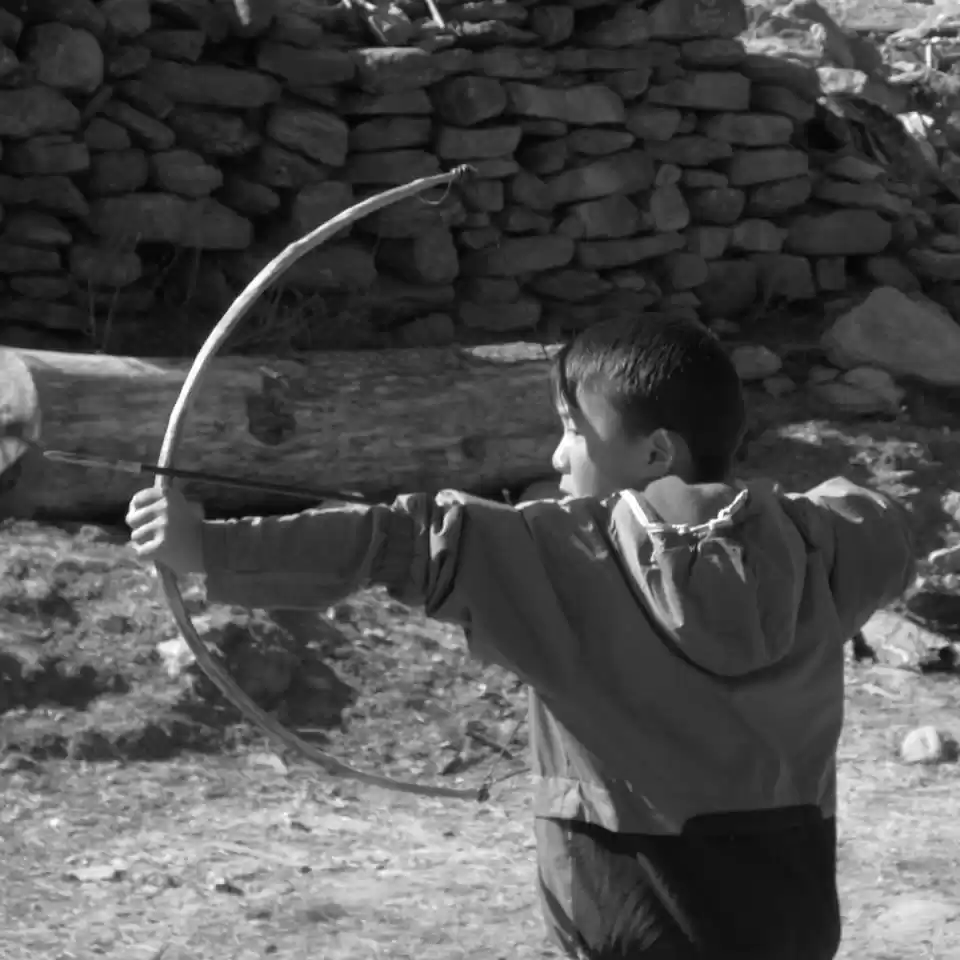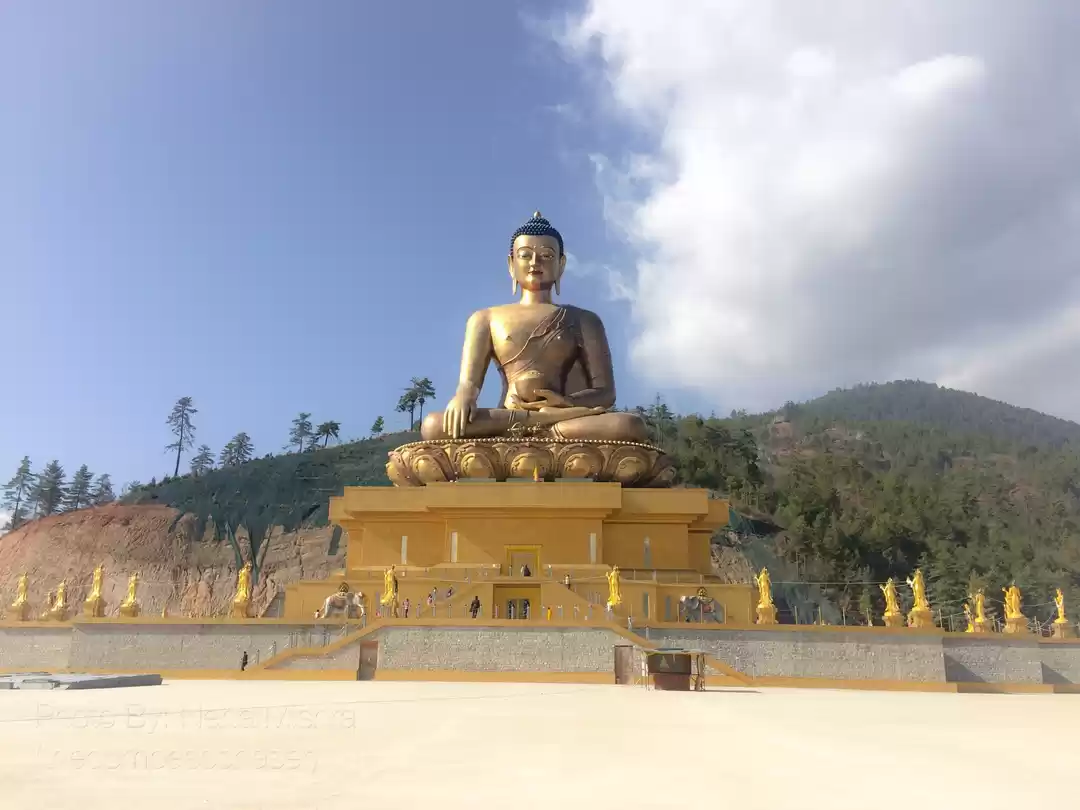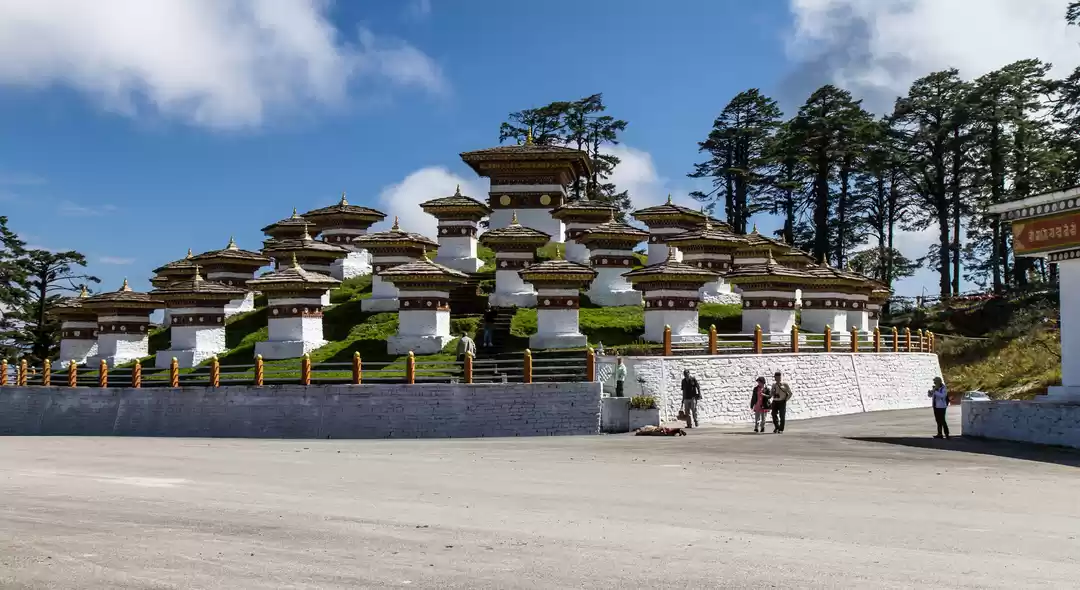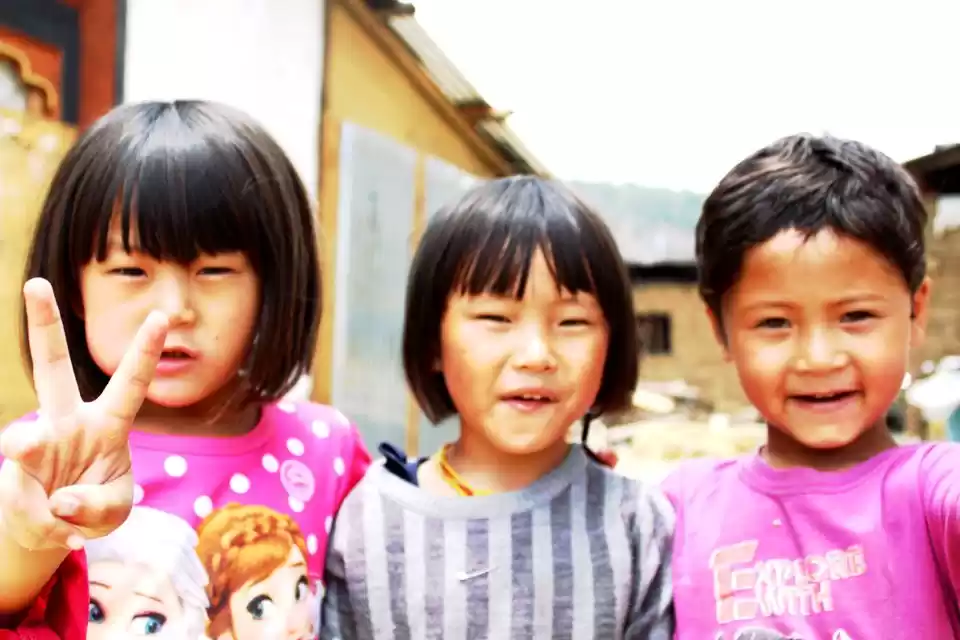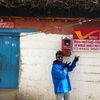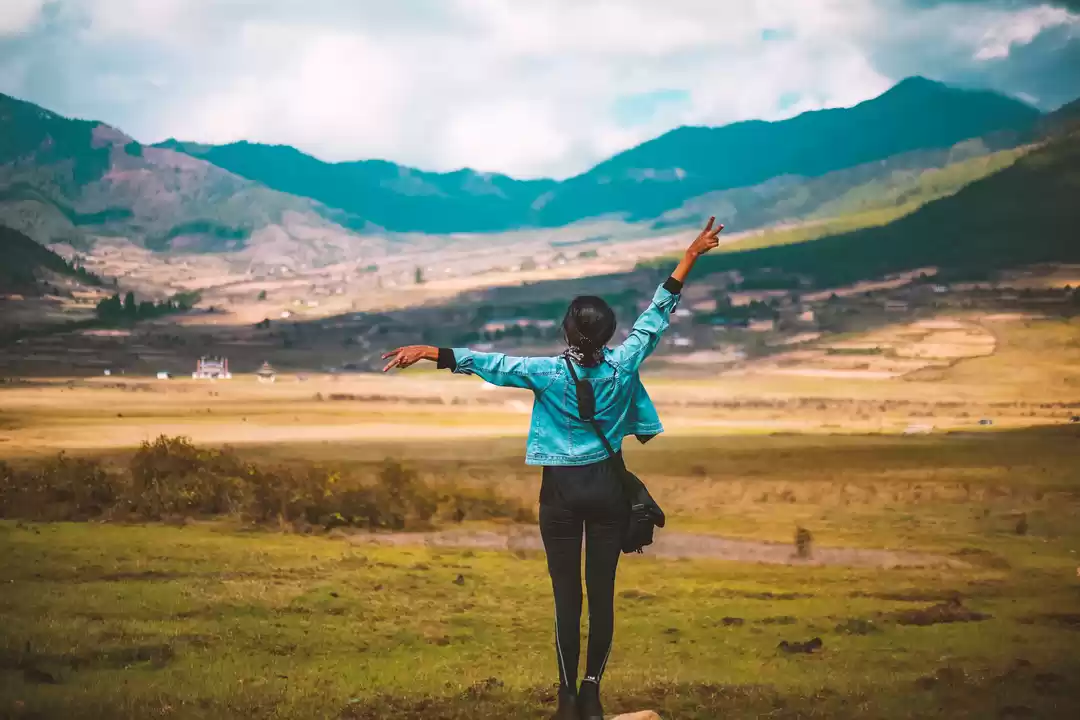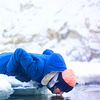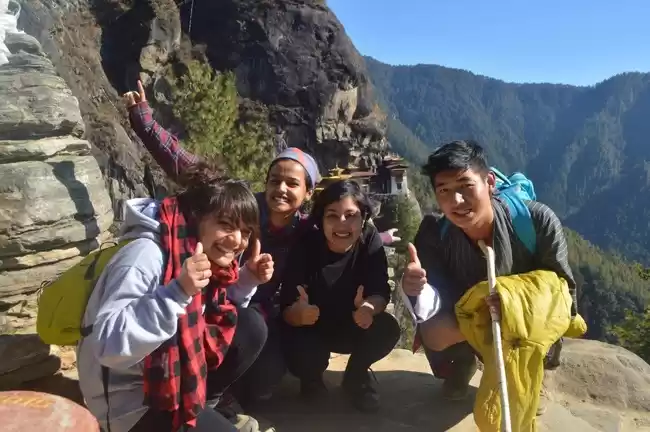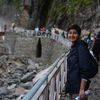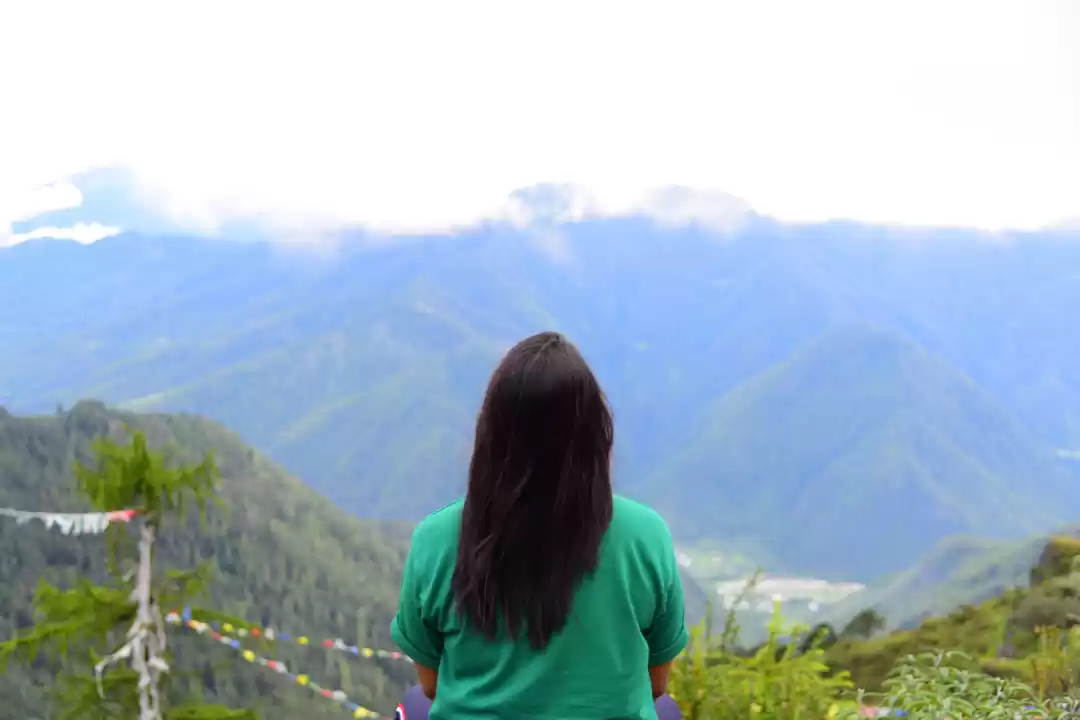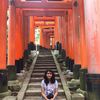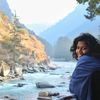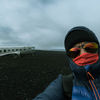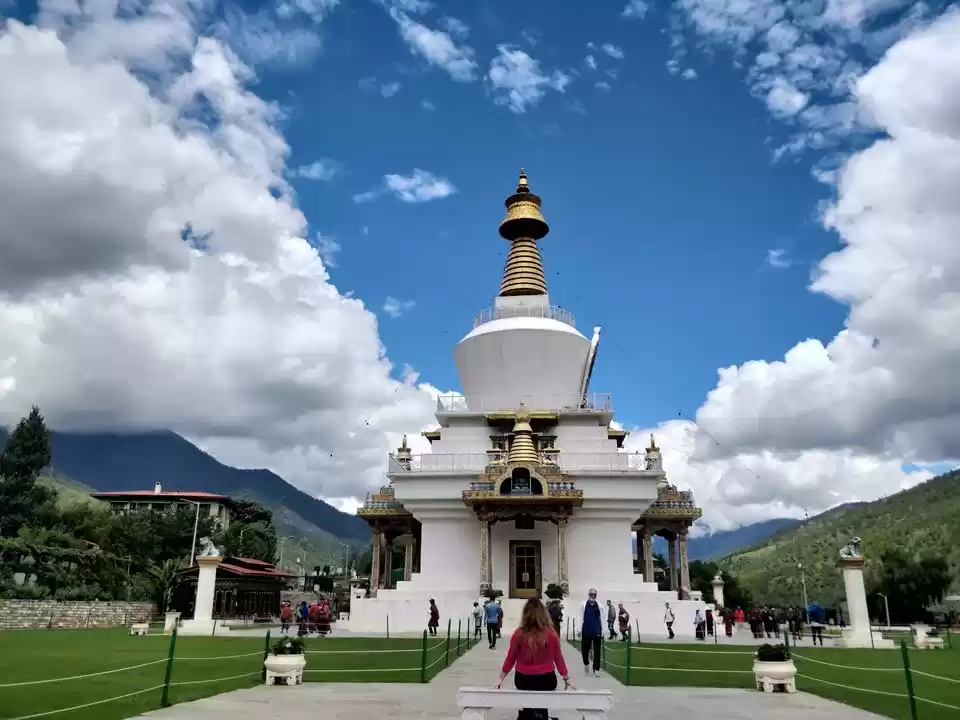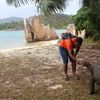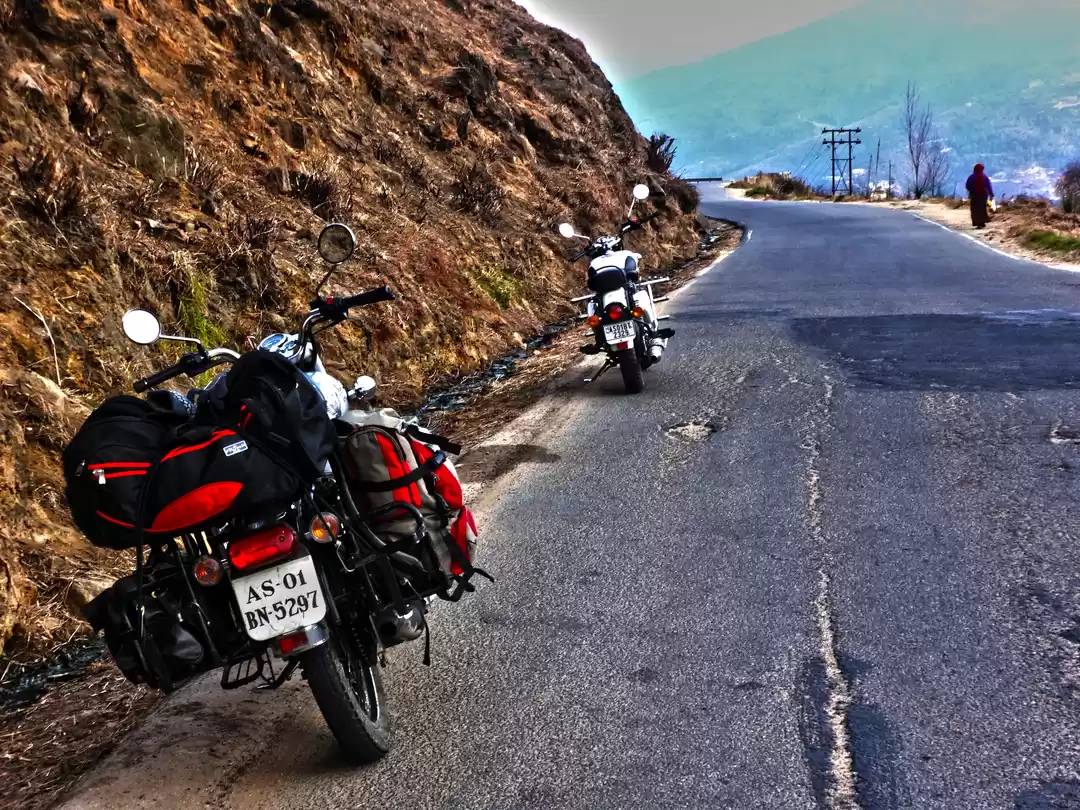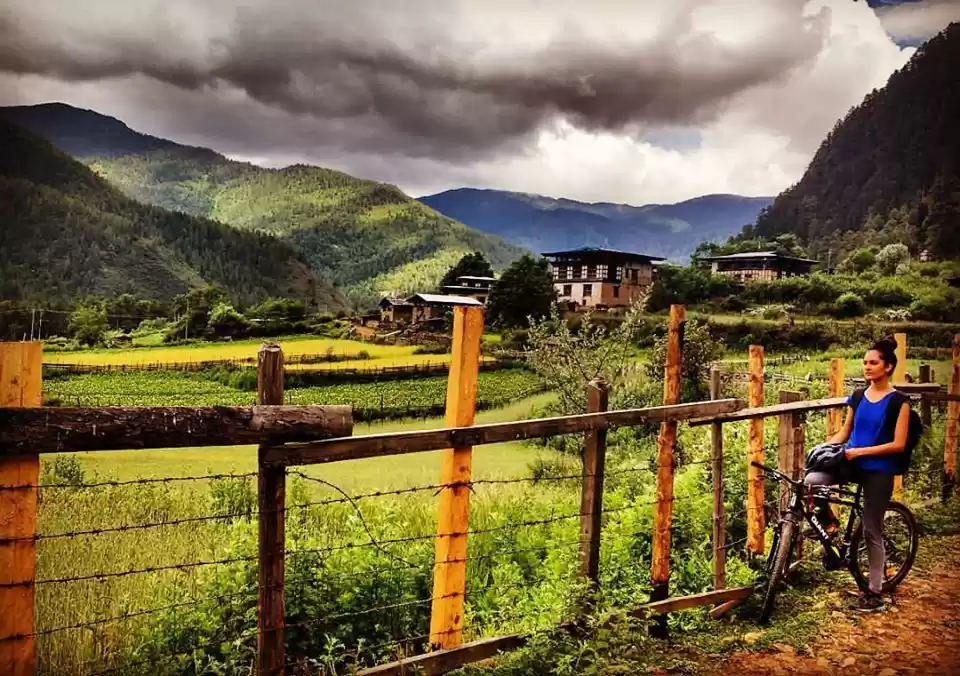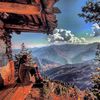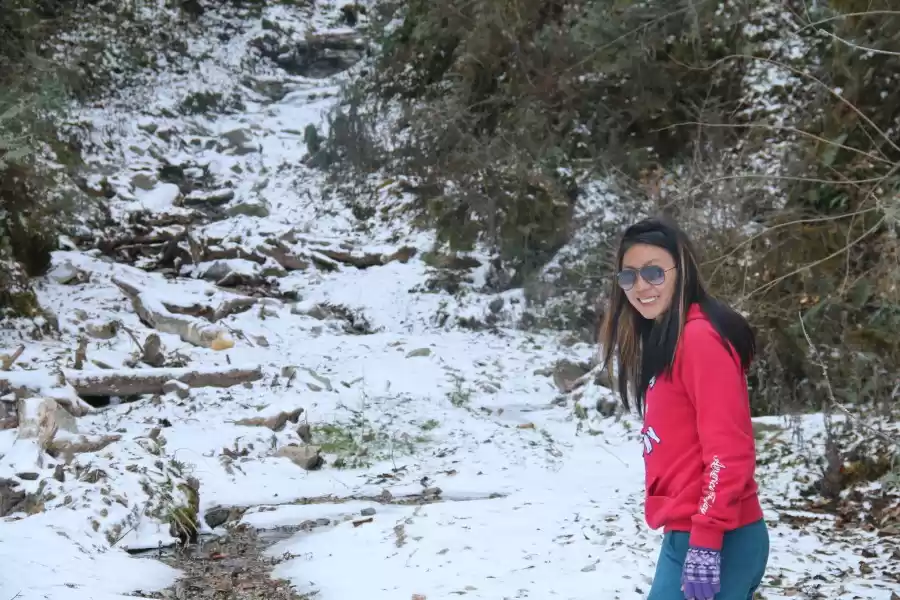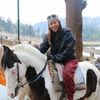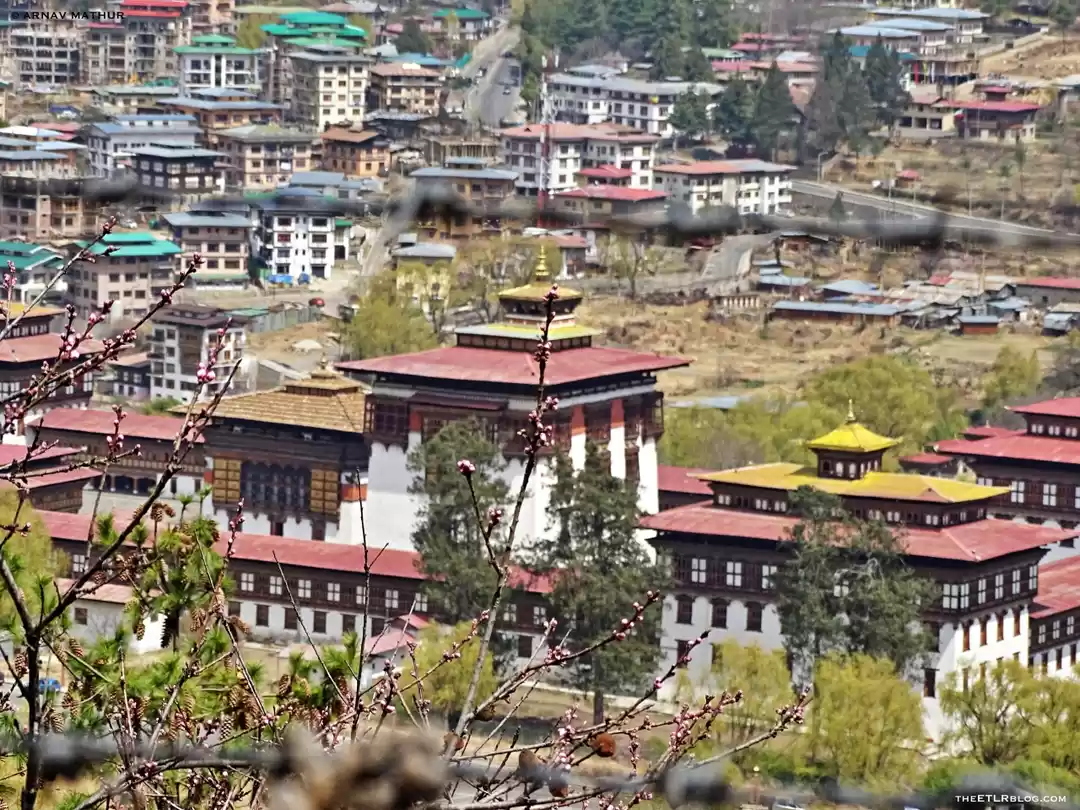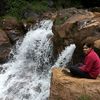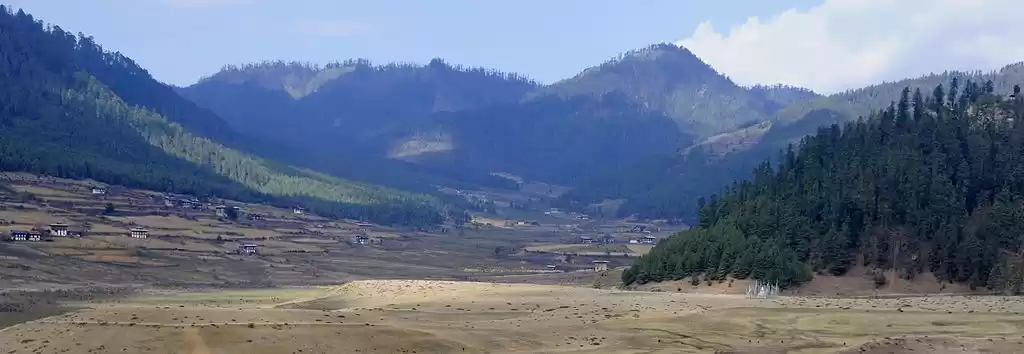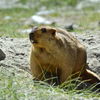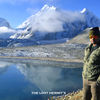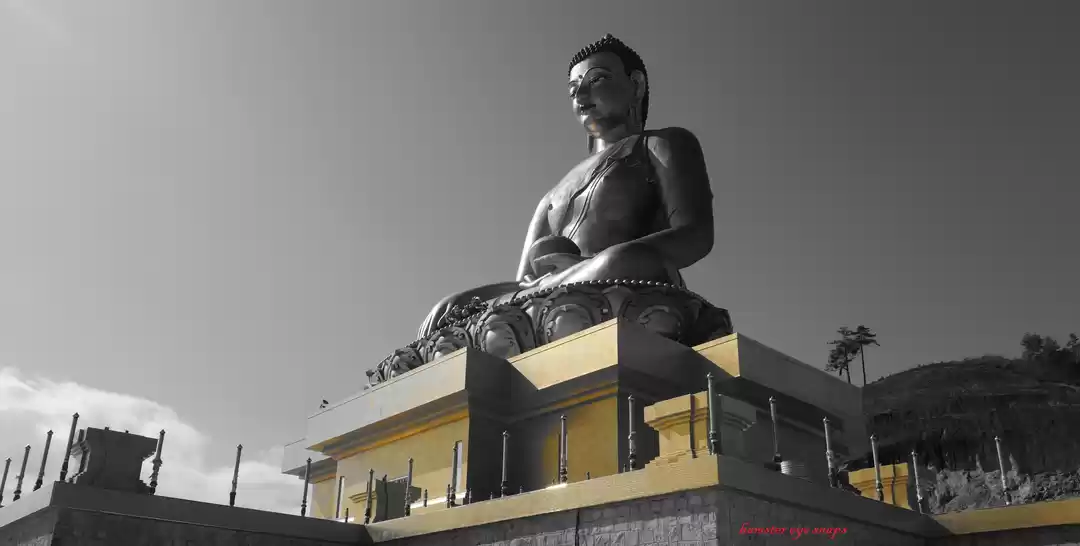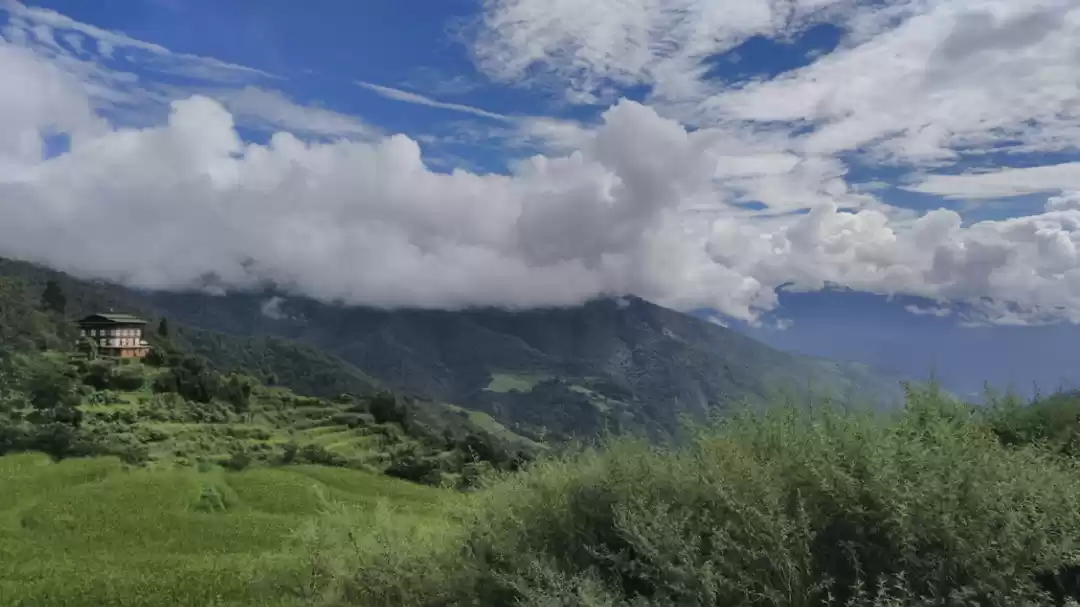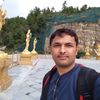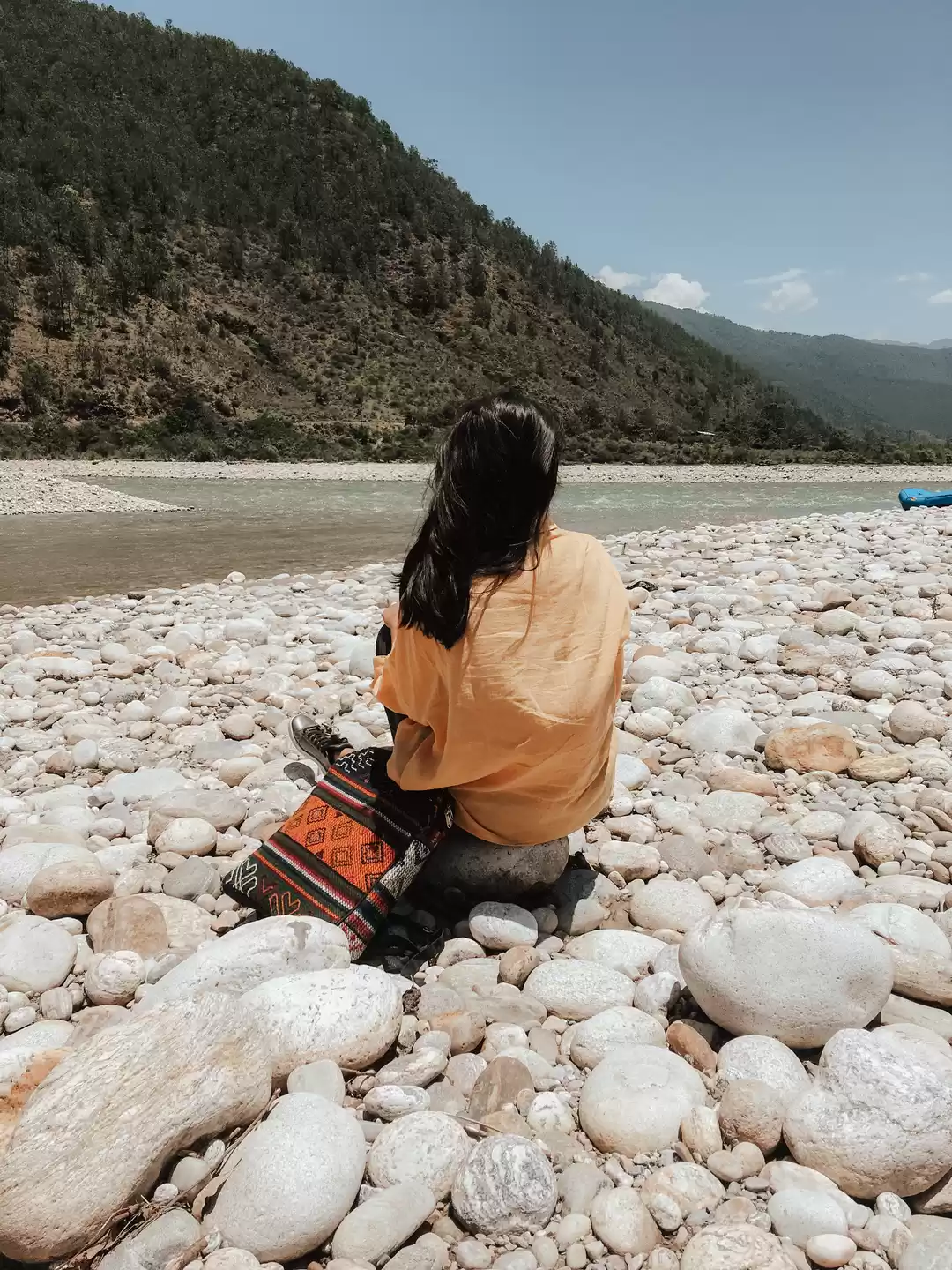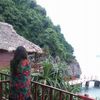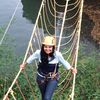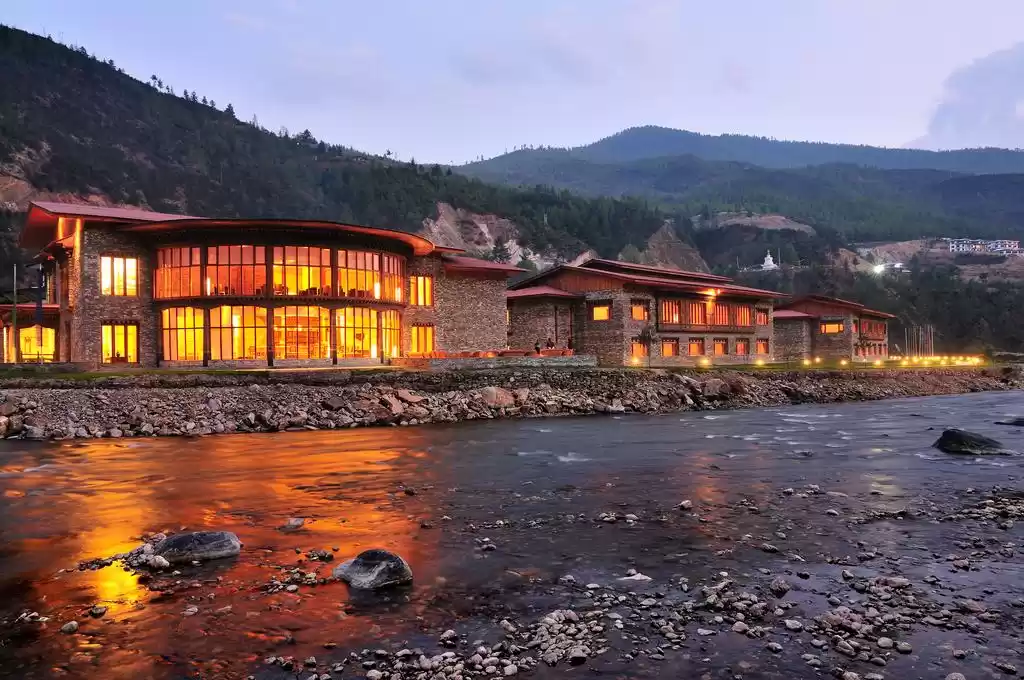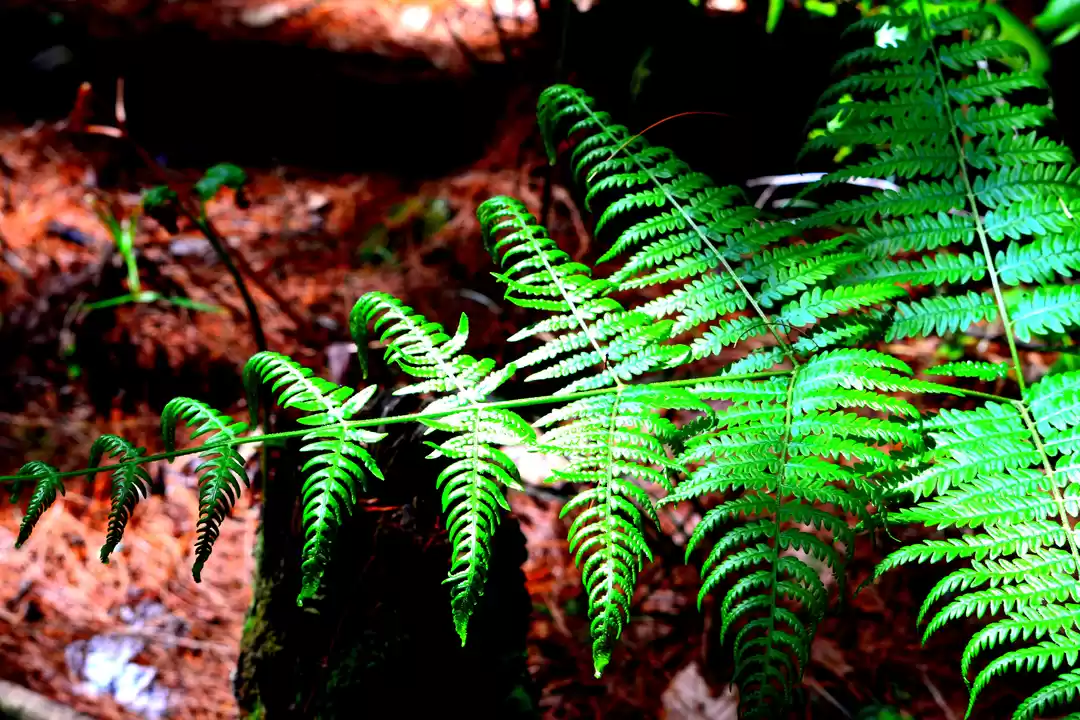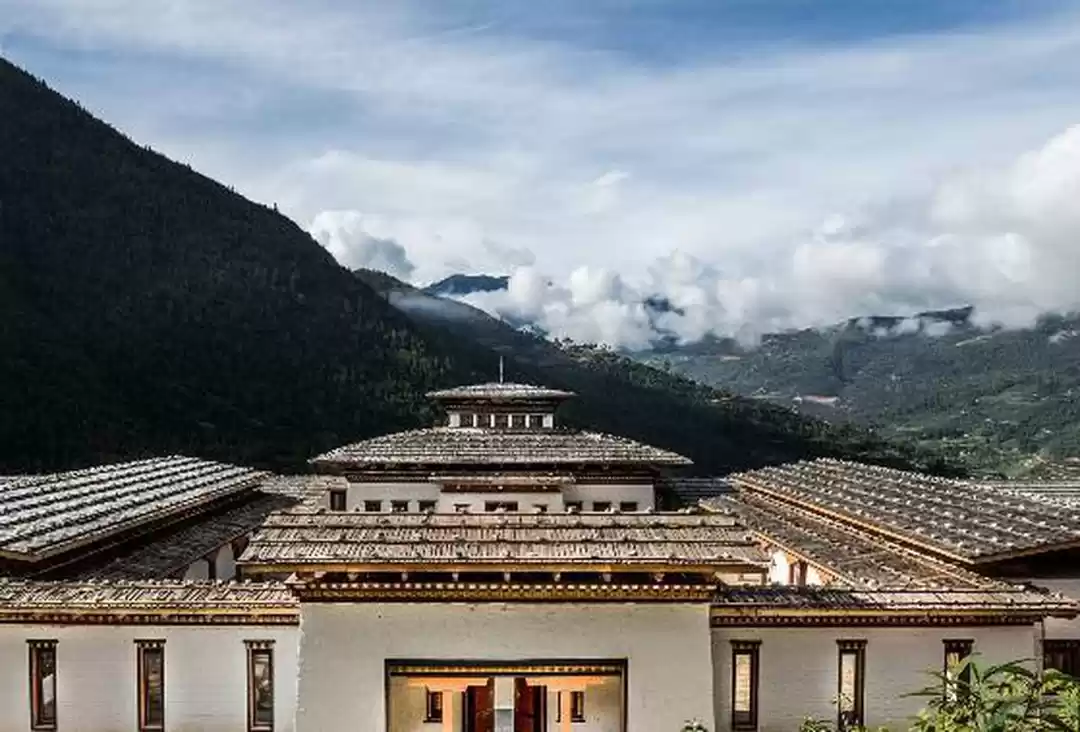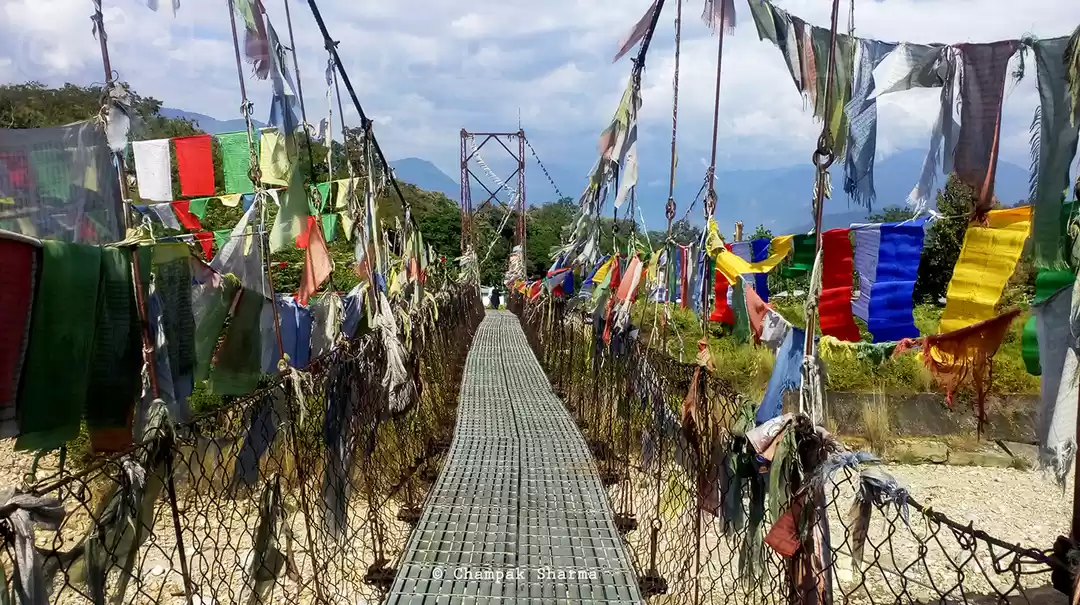Bhutan Tourism and Travel Guide
Explore Packages
Top Attractions
All You Need to Know
Discover Itineraries
Unique Experiences
Drink & Dine
Best Time To Visit Bhutan
Bhutan is a year-round destination. Travellers who want to explore Bhutan tourism can travel at any time of the year. However, if you have a specific itinerary, it’s wise to research the best time to visit Bhutan. The time of your visit will completely depend on what you intend to do and the sightseeing spots you include in your Bhutan tourism itinerary.
April, May, September and October are the best months for those who want to trek. The weather varies between chilly and extremely cold but promises no rainfall. The views are mesmerising and the valleys are lush after the monsoon.
March and April are also considered good months to travel to the country since the weather is warm and welcoming. The verdant valleys and the vibrant flower fields are a delight to admire and you can enjoy your stay at one of the homestays.
If you are travelling during peak season, it’s best to make your bookings in advance to save on hotel and flight tickets.
Visa Information For Bhutan
For Indians travelling to Bhutan, an entry permit is required instead of a visa. Indians carrying a valid passport with at least six months validity or a Voter's Identity Card issued by the Election Commission of India can obtain entry permit for Bhutan either at Paro International Airport in Bhutan or from the Immigration Office of the Royal Government of Bhutan at Phuentsholing, located at the Indo-Bhutan border opposite Jaigaon, West Bengal.
The entry permit only allows visitors to travel to Thimphu or Paro. If you intend to travel to other areas in Bhutan, a special area permit has to be obtained from the RGoB Immigration Office at Thimphu on a working day, that is between Monday and Friday.
Top Attractions In Bhutan
Thimphu
Thimphu, the capital city, is an integral part of Bhutan tourism. The hub of all commercial activities in the country, it is situated amidst pristine beauty. Most Bhutan itineraries include a trip to Thimphu and Bhutan tourism is truly incomplete without exploring this lovely city. The first thing that strikes travellers here is the lack of traffic signals. The city is so well maintained that one doesn’t need traffic signals to guide drivers. Just like most cities which are part of Bhutan tourism, Thimphu is also an inspiring example of a modern city which has held on to its heritage. A tour around the city will give you a glimpse into the traditional side of Bhutan as well as offer you the comforts of modern life. There are many places to see in Thimphu including Buddha Dordenma, National Memorial Chorten, Tashichho Dzong, Thimphu Weekend Market and Motithang Takin Preserve.
Exploring Bhutan tourism is incomplete without embarking on a few exciting shopping sprees. And if you are in the capital city of Thimphu then you must not miss a visit to Norzin Lam. The shopping street is filled with many shops which sell souvenirs, crafts, local food items, handicrafts, stationery and accessories. You might find the market slightly expensive in comparison to other markets in Bhutan, but we definitely recommend picking up a few things from here. Norzin Lam is also home to several restaurants that serve a variety of local dishes.
Among the noteworthy places which are part of Bhutan tourism, Dochula Pass is located an hour’s drive from Thimphu and stands out for its incomparable beauty. Located approximately 20 kilometres from Thimphu, the pass is one of the most beautiful places to visit in Bhutan. A part of Bhutan tourism, Dochula Pass houses 108 chortens or stupas. The chortens shine bright against the spell-binding Gangkar Puensum peak in the background. If you want to cover Dochula Pass, you must keep aside at least three to four hours in your Bhutan itinerary.
Paro
Without a visit to Paro, your itinerary of Bhutan tourism is incomplete. Home to the only international airport in the country, it holds immense historical relevance for locals and is a huge contributor to Bhutan tourism. There are 155 monasteries and temples in Paro and some of them date back to the 14th century. But the most striking tourist attraction in Paro is the gorgeous Tiger’s Nest Monastery. A highlight of Bhutan tourism, the Tiger’s Nest or Paro Taktsang is an unmissable part of all Bhutan itineraries.
Situated on the banks of the River Paro Chu, the city is also home to a town by the same name. In an effort to boost Bhutan tourism, Paro has undergone a noticeable transformation and is now home to numerous homestays and hotels. To make it easier for travellers, many heritage walks and tours take place in Paro and nearby destinations.
Besides Tiger’s Nest, you can include a visit to Paro Dzong. Among the lesser-known spots which are part of Bhutan tourism, Rinpung Dzong Monastery is a classic example of Bhutanese architecture. The monastery is an architectural marvel and stands tall amidst verdant valleys. What stands out about Rinpung Dzong is that it was built without using nails. The structure is interlocked in such a way that nails weren’t required to strengthen the foundation. Translating to a ‘Fortress on a Heap of Jewels’, the monastery must feature in your Bhutan tourism itinerary. You must also head to Nyamai Zam Footbridge, a wooden bridge where you can enjoy mesmerising views of the surrounding natural beauty.
If you enjoy shopping, you must also include a visit to Paro’s Sunday Market. Visited by locals and tourists alike, the market is not as big as the one in Thimphu but is definitely a must-visit. Besides Bhutanese traditional dresses and handicrafts, you can find a variety of organic food items here. While bargaining is not encouraged, you can try your luck in some shops. Travellers have often recommended that what bargaining can’t get you, a few kind words definitely can.
Jakar
Jakar is one of the lesser-known gems of Bhutan tourism. Recognised as the place where Buddhism in Bhutan originated, it is a must-visit if you are looking for a unique experience in the country. Different than most tourist attractions that are part of Bhutan tourism, Jakar is situated in Choekhor, which is the largest valley in Bumthang district. Fondly known as ‘Little Switzerland’, the valley is situated at the foothills of Choekhor valley.
While Bumthang is home to four major valleys – Tang, Ura, Choekhor and Chumey, Jakar stands out for its pristine views and serenity. You won’t find many tourists here and can expect a quiet and relaxed trip. Dotted with several monasteries and dzongs, Jakar is the ideal place for nature lovers and peace seekers. If you are interested to know more about the history of this small valley, you can include a guided tour in your Bhutan tourism itinerary.
There are a number of guesthouses and hotels in Jakar and if you can keep aside sufficient time in your itinerary, you won’t regret spending a couple of days here. Jakar also contributes to Bhutan tourism since it is a haven for mountain bikers. The roads are perfect for long biking tours and gorgeous views add to the experience. Like most places in Bhutan, the best time to visit the valley is between March and May.
If you are staying in Jakar for a couple of days, you can plan a visit to Ura village, the Wangdicholing Palace, which is the birthplace of the first king of Wangchuk, Chakhar Lhakhang and the neighbouring valleys of Bumthang.
Punakha
Punakha is the ancient capital of the Kingdom of Bhutan and an integral part of Bhutan tourism. The city served as the capital from 1637 to 1907. The city is situated in Punakha Valley, where Pho Chhu and Mo Chhu rivers converge. If you are an adventure enthusiast, you must include river rafting in the Po Chhu River in your things to do in Bhutan itinerary.
Punakha Dzong is the second-largest as well as the second oldest dzong in the country. Counted among the most popular tourist attractions of Bhutan tourism, Punakha Dzong is located at the confluence of the two rivers and makes for a majestic sight. The dzong was built by the founder of Bhutanese State, Zhabdrung Ngawayang Namgyel. For many years, the dzong was the seat of the Government of Bhutan, before it was relocated to Thimphu. The fort still remains the Administrative Center of Punakha district. The fort also served as the location for the fifth king of Bhutan's wedding in 2011.
The marvellous architecture of Punakha Dzong and the surrounding beauty attracts thousands of travellers each year. The dzong is located around 120 kilometres away from Paro and the best way to reach is by hiring a cab. One can’t miss the one-hundred pillar hall featuring beautiful murals. The inside walls of the dzong are carved with extensive woodwork and colourful paintings. The original volume of the Kanjur, the holy book of the Drukpa School of Thought, is also housed within the premises. The dzong comes alive in spring and hence April and May are the best months to visit.
Punakha Valley is blessed with a pleasant climate, where winters are warm and summers are mild. Owing to its suitable location and climate, the valley is famous for its rice plantations and a favourite with nature lovers and history buffs while exploring Bhutan tourism.
Haa Valley
If serenity and natural beauty are what you look forward to in a holiday then Haa Valley should be a part of your Bhutan visit. Regarded as the smallest district in Bhutan, Haa Valley is among the most beautiful sites which make Bhutan tourism special.
With thick forests and verdant fields, the valley welcomes adventure enthusiasts with open arms. You can include hiking and trekking tours in your itinerary and enjoy the serenity of nature here.
The valley connects the districts of Paro, Chhukha and Samtse and it’s best to explore all three places in the same tour. If you are looking for a relaxed, laidback trip, then Haa Valley will surely be the highlight of your Bhutan tourism itinerary. It’s said that Haa Valley is the only place in the world where you can spot cream coloured blooms of blue poppy. An enthralling sight for nature lovers, you must set out on a tour to discover this beauty.
If you happen to visit the valley in July, you can participate in the Haa Summer Festival, which is a huge crowd puller for those who want to explore Bhutan tourism. Witnessing participation from locals from across the country, the festival gives you a glimpse into traditional Bhutanese sports, dance forms and music. The performances are enthralling and it’s an experience that you can’t easily forget. On the other hand, if you are interested in exploring adventure activities in the valley, we recommend organising a Bhutan trip between October and November.
Activities And Things To Do In Bhutan
Explore Royal Manas National Park
Royal Manas National Park is one of the most biodiverse areas in Bhutan and offers a huge variety of flora and fauna. A highlight of Bhutan tourism, it is the oldest protected area in Bhutan and was given the status of a national park in 1993.
The park is situated in the south-central part of Bhutan and shares its borders with India’s Manas Tiger Reserve to the south and Jigme Singye Wangchuck National Park to the north. Manas National Park is spread over a huge expanse of land and it’s best to keep aside sufficient time in your Bhutan tourism itinerary to explore it.
With the magnificent green waters of the Manas River flowing along the national park, it offers incredibly diverse flora and fauna. Surrounded by green mountains and dotted with small streams, the national park is a haven for nature lovers and wildlife enthusiasts. The park is home to regions of tropical monsoon forest along with a vast cover of natural grasslands and wide riverbeds. The lower areas of the park are covered in tropical moist forest, while dense oak forests dominate the higher regions.
The rich biodiversity of the park includes 558 species of plants and trees, 65 species of mammals, 489 species of birds, 60 species of fish and more than 180 species of butterflies. Royal Manas National Park is home to a number of animals and fishes from the endangered species such as royal Bengal tigers, Asian elephants, greater one-horned rhinoceros, clouded leopards, Himalayan black bears, Gangetic dolphins and pangolins.
There are a number of ways to explore this magnificent park. You can choose to head out on an adventurous trek, enjoy a tropical elephant safari or simply choose a good old jeep ride. Activities such as boating, fishing and swimming are also popular among visitors.
The road to Royal Manas National Park is a little complicated and it’s best to travel with a local guide. The park is closer to Thimphu than Paro and only certain areas of the Royal Manas National Park are accessible to the public. From Thimphu, you have to travel to the town of Gelephu in southern Bhutan, located close to the Bhutan-India border. From Gelephu, you will have to cross the Indian border to enter the Assamese town of Kokrajhar and then again enter Bhutan and make your way to the village of Panbang. From Panbang, certain areas of the park are open and accessible. It is important to remember that you will need prior permission from Bhutan tourism officials to visit Royal Manas National Park.
Trek to Tiger’s Nest
The mystical land of Bhutan is magical and one of the most mesmerising places featured in Bhutan tourism is Tiger's Nest Monastery. Also known as Paro Taktsang, Tiger’s Nest Monastery is a group of buildings perched on a rocky cliff. The monastery is situated around 900 meters above the ground and the climb is tedious but definitely worth it. The monastery was built in 1692, close to a cave where Guru Padmasambhava meditated. According to a local legend, Guru Padmasambhava, popularly known as Guru Rinpoche, travelled to Bhutan on a tigress to save the land from a demon. He meditated for three months to scare away the demons and that’s how this gorgeous site got its name. The monastery has four beautiful temples and a residential building for the monks. The monastery is around a 20-minute-drive away from Paro and the most convenient way to reach is by hiring a taxi.
Most of the treks to Tiger's Nest are arranged through authorised Bhutan tourism tour agents. It takes around four to five hours to complete the trek to the monastery and around an hour to explore the monastery. The only ways to reach the monastery are by foot or on a horse.
The trek starts from the car park at the base of the cliff. The route is a dirt trail, but not too steep so if you are travelling with children, there is nothing to worry about. Along the way, one can admire beautiful views of the valley and countless prayer flags, stunning vistas that you won’t know are special to Bhutan tourism until you actually visit. Midway to the monastery, there is a cafeteria where one can rest and have a bite.
The best way to enjoy your visit to Tiger’s Nest monastery is by hiring a guide. A guided tour adds to the experience and you learn more about the history and the significance of the monastery in Bhutan. Photography equipment, backpacks and shoes are not allowed inside the monastery and are kept outside with the security staff. The best time to visit Tiger's Nest monastery is between October and December when the weather is pleasant and trekking is slightly easier.
Where To Stay In Bhutan
The growing popularity of Bhutan tourism has given rise to numerous hotels and resorts in the country. While Paro and Thimphu are the main cities from where you can plan tours to other parts of the country, we also recommend checking out homestays in smaller cities. Homestays in Bhutan offer an authentic experience which is unmatchable. Be assured, if you are looking for a luxurious holiday, Bhutan tourism will not disappoint.
Luxury hotels in Bhutan
There are several luxury hotels which are major contributors to Bhutan tourism. Offering you the perfect mix of luxury and local experiences, a stay in a luxurious hotel in Bhutan is an ideal way to spend your vacation. Some of the best luxury hotels in Bhutan are:
- Le Meridien Paro, Riverfront
- Taj Tashi
- Terma Linca Resort and Spa
- Druk Hotel, Thimphu
- Jigme Suites
- Zhiwa Ling
- Dhensa Boutique Resort
Mid-budget hotels in Bhutan
Mid-budget hotels are the best accommodation options when you are looking to strike a balance between budget and comfort. Mid-budget accommodations offer travellers comfort, efficient service, local information about Bhutan tourism and a memorable stay. Some of the best mid-budget hotels in Bhutan are:
- Hotel Norbuling
- Pedling Hotel and Spa
- Bhutan Metta Resort and Spa
- Hotel Phuntsho Pelri
- Wangchuk Resort Taba
Budget hotels in Bhutan
If you are travelling on a budget trip to Bhutan, the only way you can cut down your costs is by booking a budget accommodation. Budget hotels in Bhutan promise comfort and delicious food. In an effort to boost Bhutan tourism, several hostels have come up in the area which suit the needs of all kinds of travellers. Some of the best budget hotels and hostels in Bhutan are:
- Nivvana Lodge and Homestay
- Hotel Phunsum
- Gangtey Palace Hotel
- Damchoe’s Homestay
- Horizon Hostel
- Gakyil
Cuisine And Best Places To Eat
The local cuisine in Bhutan is influenced by the cuisines of China, India and Tibet. A major part of Bhutan tourism, the food in the country attracts foodies from across the world. While ema datshi is undoubtedly the most popular dish here, there are others which will surprise you.
Jasha maru, zow shungo, red rice, phaksha paa and jaju soup are some of the other dishes which are available in most restaurants. Suja, the local tea and khur le or buckwheat pancake is a combination that travellers and locals alike can't get enough of.
While Indian, Italian, Chinese and Tibetan cuisines are available in most hotels, you must give the local cuisine a chance. Among the best restaurants which are highlighted under Bhutan tourism, we recommend visiting Folk Heritage Museum Restaurant, Babesa Village, Ambient Cafe, the Zone, Mountain Cafe and Sonam Trophel Restaurant.
How To Travel In Bhutan
The best way to ensure you have a hassle-free trip in Bhutan is by hiring an authorised Bhutan tourism travel agency for the duration of your trip. Once your transportation is taken care of, exploring Bhutan tourism becomes much easier. There are metered taxis available in Paro and Thimphu but the drivers tend to overcharge, especially if you are a foreign tourist.
If you are an Indian travelling in Bhutan, it’s best to book local transport from Bhutan tourism operators. It’s also advisable to know the rates of taxis beforehand. You can also hire a taxi from an independent travel agency for the entire duration of your trip. This will save you money and time.
Typical Costs In Bhutan
In accordance with Bhutan tourism’s tourist policy, all foreign tourists need to pay US$250 per person per day. There is a surcharge of US$30-US$40 per person, depending on the season, if you are travelling as an individual or as a couple. While this amount might seem expensive, it covers your accommodation, transport, a guide, food and entry fees for most tourist attractions.
Indian tourists are exempt from this fee and can set their own budget. So if you are keen to explore Bhutan tourism, it’s best to set aside a budget before you plan your itinerary. This will help you plan your tour according to your interests and aid in saving money on accommodation and transport. You can also book in advance or travel during the off season to save money.
Luxury travellers can expect to spend Rs.1500 per day, per person while budget travellers can manage their per day expenses within Rs.500 per day.
Written by Kirat Sodhi. She is a proud mom of three cats and lives for lemon tea, a good book and spontaneous travel plans.


